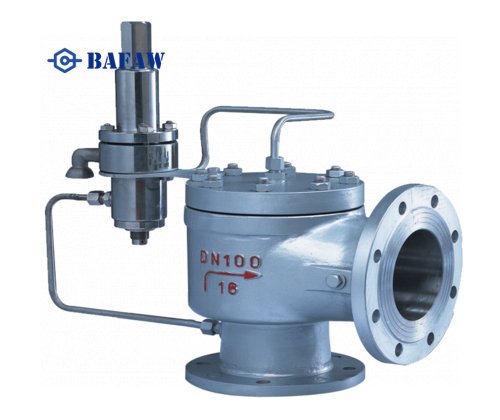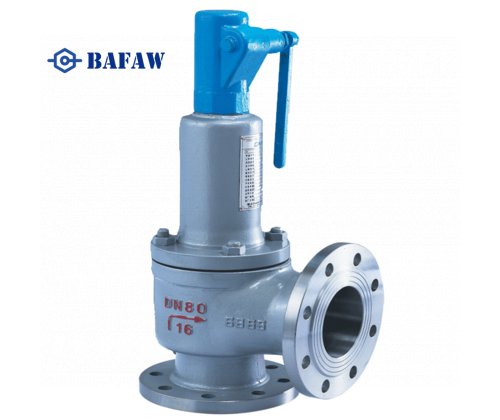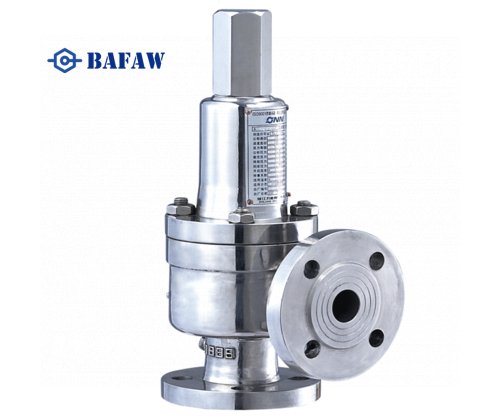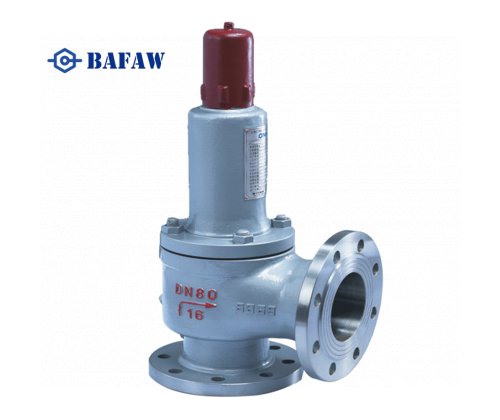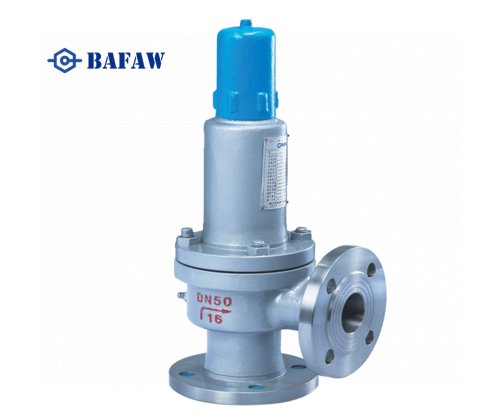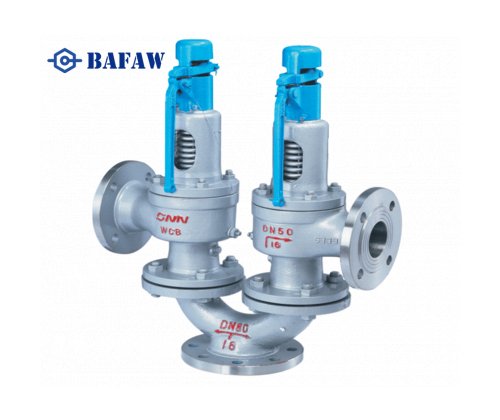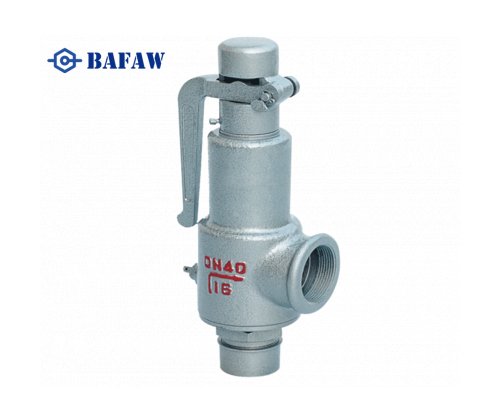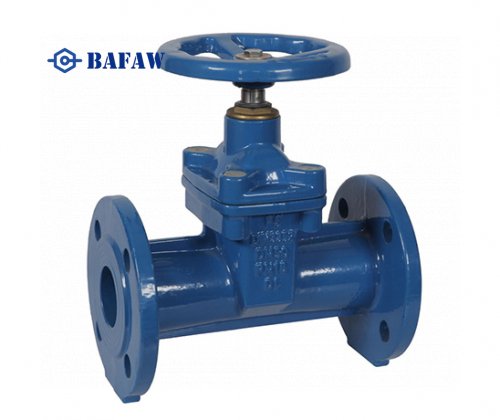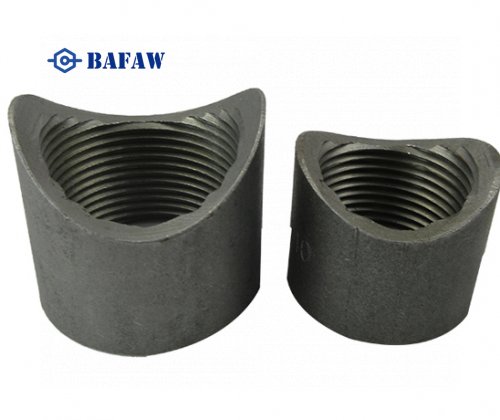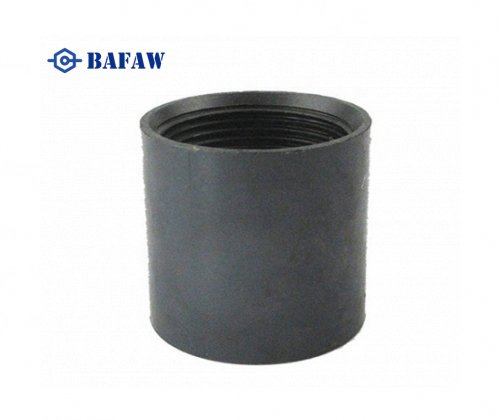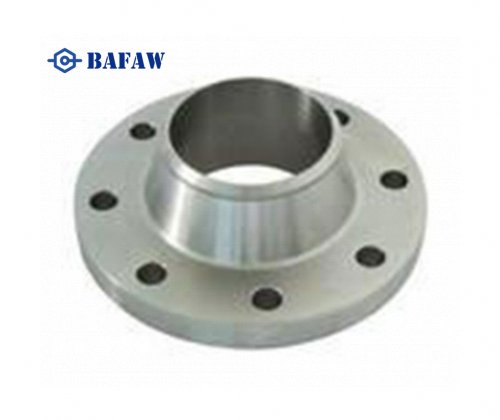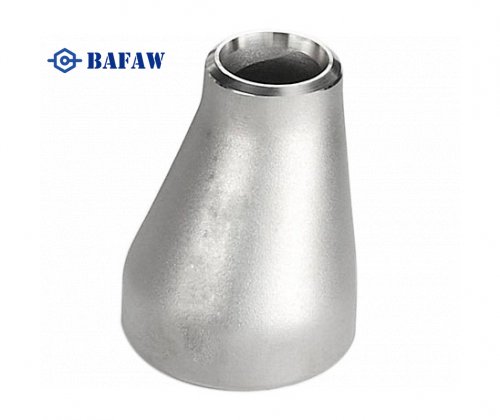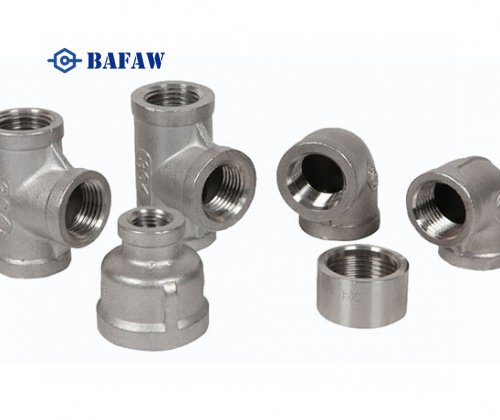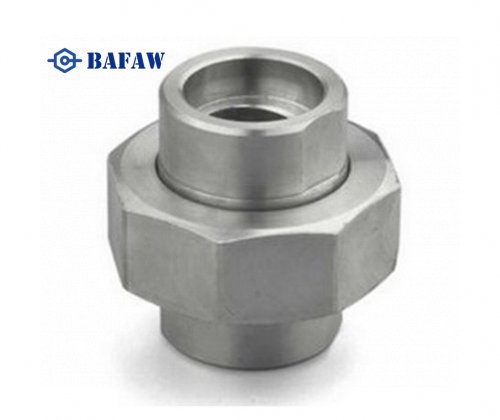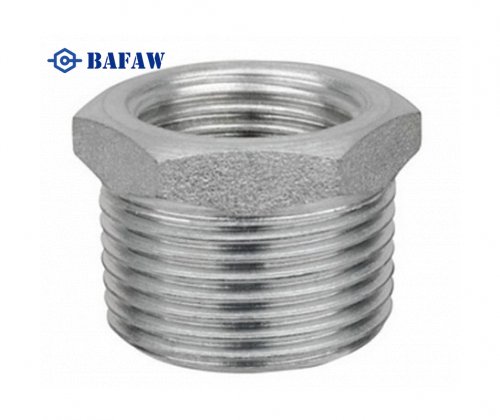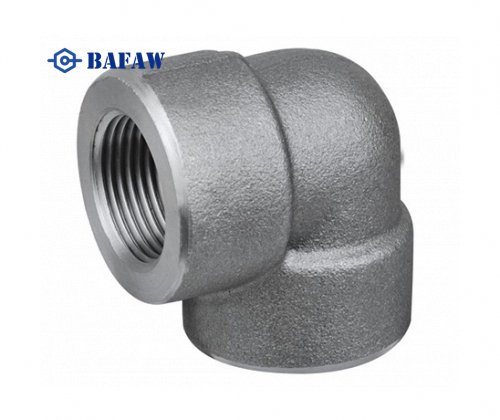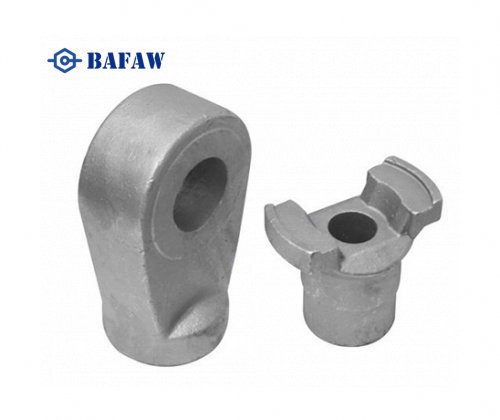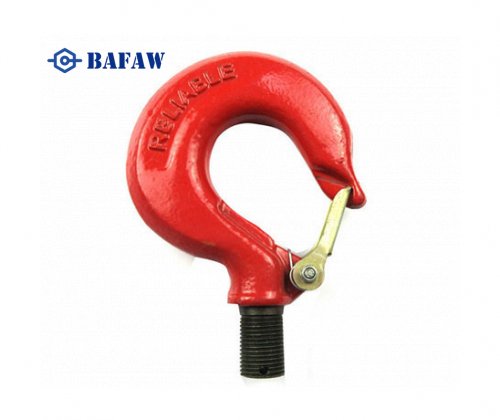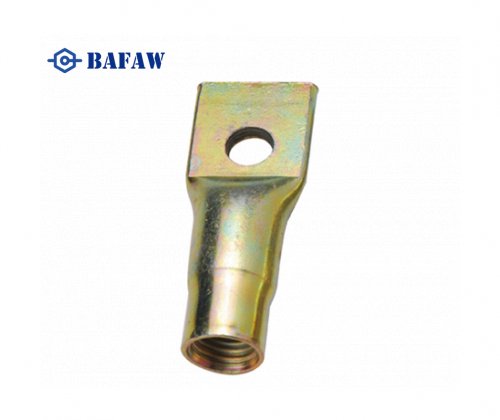In the United States, pounds per square inch (PSI) remains the predominant unit to describe pressure. Despite not being an SI unit, PSI is ubiquitous in American industries and daily life. PSI or PSIG (Pounds per Square Inch Gauge) is the most common and widely accepted pressure unit employed by virtually all US industries.
This encompasses industries such as automotive, HVAC, oil and gas, and manufacturing. PSIG is an extremely prevalent unit for representing pressure above standard atmospheric pressure. This is crucial for out-the-door work, as the air pressure at sea level is about 14.7 PSI.
PSIA, or pounds per square inch absolute, is a term that incorporates this atmospheric pressure. The divide between PSI, PSIG, and PSIA is not just in the nomenclature. It helps make certain measurements right for the application, particularly when you select pressure safety valves or size your compressors.
They’re units that people encounter daily. Car tire gauges, and most air tools use PSIG. Alternatively, HVAC systems and other industrial environments can show both PSI and PSIG. Here are a few places where PSI and PSIG show up in US life:
Car tire and bike tire gauges
Air compressors and pneumatic tools
HVAC (heating, ventilation, and air conditioning) systems
Propane tanks and gas cylinders
Industrial process controls
Water pressure in Plumbing Systems

Your Car Tires: A PSIG Example
US tire pressure gauges are calibrated in PSIG, so they only measure the pressure above that of our surrounding air. Maintaining proper tire pressure at the specified PSIG will improve your car’s traction, handling, and fuel efficiency.
When tire pressure is either abnormally high or low, tires may wear quickly or blow out. This both increases danger and wastes gas. Monthly monitoring of tire pressure is a best practice. Get the appropriate one from your car’s manual, not the maximum pressure printed on the tire itself.
Industrial Settings: Process Control
In manufacturing facilities, PSI and PSIG allow employees to maintain safe and efficient operations. For pressure sensors, valves, and personal protective equipment, precision is required to prevent leaks, explosions, or stagnation.
Oil and gas, food and drink, and chemical manufacturing plants are just a few US industries that depend on these units. If you’re selecting a safety valve for a steam line, you need to determine if the pressure is PSI, PSIG or PSIA. Getting this decision wrong can result in huge liabilities.
Ensuring Accurate Pressure Data
Accurate pressure data is at the core of safe, efficient, and reliable systems. In engineering, manufacturing, and research disciplines, even a small error in pressure readings can result in significant issues. Safety concerns, damage to infrastructure, and squandered taxpayer dollars are usually next in line.
Adhering to internationally recognized standards such as ISO and ASME fosters confidence. In doing so, it raises the standard for quality across pressure systems.
Why Precision in Pressure Matters
Precision is not merely a technical aspiration—it is an imperative. In high-stakes environments like chemical manu
facturing, even a small pressure inaccuracy can lead to leaks or hazardous chemical reactions. Accuracy is crucial.
In the oil and gas field, incorrect pressure readings can damage equipment as well as impact safety. Even cleanroom labs require accurate pressure data to ensure that experiments are conducted under consistent conditions.
For example, when selecting ball valves or gate valves, understanding the actual pressure is critical. It aids in putting the correct component to the task at hand, reducing wear and potential hazards.
Calibrate for Reliable Results
Calibration is often an easy process. It simply refers to calibrating gauges or sensors to a known good value. The majority of sites calibrate once per year, although those located in areas with high traffic volume or stringent regulatory requirements calibrate more frequently.
Never cut corners and maintain a record of each calibration check performed. This practice ensures data are robust and aligns with safety regulations.
Simple PSIG to PSIA Conversions
To convert PSIG to PSIA, simply add 14.7. This step matters when you move between systems or compare data.
Applications include testing new valves, reading pressure in HVAC gear, and conducting lab or field work.
How Altitude Changes Readings
The higher the ground, the lower the air pressure. While in airplanes or elevated laboratories, PSIG and PSI diverge even more.
To address this, set the base value to the local air pressure. This ensures that results are equitable and inclusive.


















